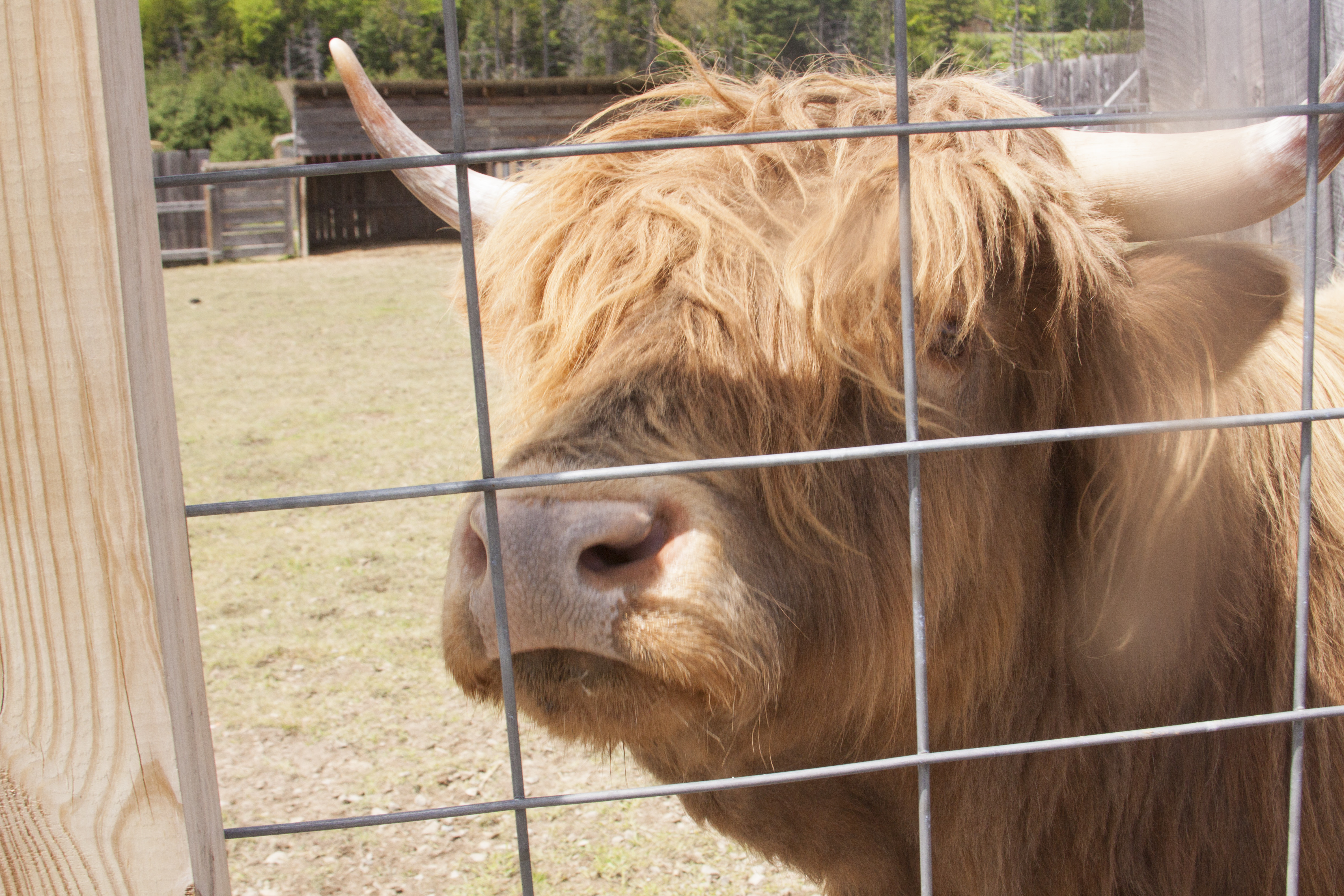

Little blue lice (Grey or blue grey lice).The US has four prevalent species of lice, which include: See Also: Water Belly in Cattle: Causes, Treatment and Prevention
HAIRY COW CALF SKIN
Cattle can pick mites and lice from fomites or the immediate environment.Ĭattle lice are classified into two groups- biting lice or Bicola bovis, which eat debris on the skin, such as secreted oil, hair, and dead skin cells, and sucking lice or Linogthanus vituli, which suck blood and serum from the cow. Mites and lice infestations are common during winter when animals are housed closely in the barns, although they also occur when cattle are out on the range. Lice are also transferred from one cow to another when they stick to the hairy legs of houseflies or horn flies. Mites (mange) and lice also cause patches of damaged skin to develop lesions characterized by hair loss.īoth lice and mites are spread passively from one affected animal to another through direct contact, even if they do not actively jump from cow to cow. External ParasitesĬattle are prone to parasitization by cattle lice and mites, which cause excessive irritations and itching that force them to rub themselves against hard objects, leading to hair loss. Hair loss caused by winter hair coat shedding shouldn’t be a concern under normal circumstances. When winter ends and the warm summer months kick in, cows lose hair as a heat tolerance measure to withstand the summer heat stress. Most cattle usually develop a thick coat of hair in the winter months as an adaptative trait to shield them from the biting cold. Here’s a comprehensive list of causes of hair loss in cows: 1. Not all causes should be a cause of worry to a farmer or rancher since some are natural or go away naturally in a short time.

Diseases That Precipitate Secondary AlopeciaĬattle will lose hair for various reasons that may be internal or external. Abnormality/Malfunction Of Hair Follicles And remember, we want to see your pictures of these beautiful babies! Tag your pics on Facebook and Instagram with the hashtag #headsofayrfarmpark. We hope you have enjoyed learning all about highland cattle, and will come along to meet our calves in person! Lomond, Nevis, and McDui can't wait to meet you. Scottish mountains are called 'Bens' after the word 'Beinn' which is Gaelic for mountain. Lomond, Nevis, and McDui are all named after some of Scotland's most famous Bens. It is because of their Scottish heritage however, that we chose their names. This means that they do not eat meat, and instead eat mostly grass, although they have been known to munch on leaves from low-growing trees, and even the odd flower! They have become very good at foraging for food, and their patience and skill means than in the wild they can be found grazing on even the steepest mountain slopes!Īlthough they originally come from Scotland, highland cattle can now be found all over Europe, as well as North America and Australia. Like all cows, highland cattle are herbivores. They also use their horns to defend themselves against predators and rival highland cattle. The two horns on their head help them to dig through thick snow to find vegetation underneath. Highland cattle are also known as 'hairy cows' because of their long thick coat, which helps them survive harsh conditions in the Scottish Highlands and keep them warm in the cold weather. They arrived in our care in November 2016, and have been lovingly looked after by our animal keepers ever since! Gentle, sweet, and friendly, they are so excited to make lots of new friends when Heads of Ayr Farm Park opens for the summer on Saturday 18th March 2017. Meet Lomond, Nevis, and McDui, our beautiful highland cattle calves. There is nothing cuter than a baby highland cow.


 0 kommentar(er)
0 kommentar(er)
